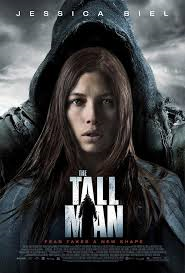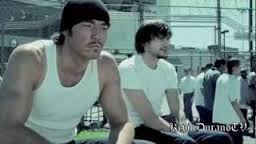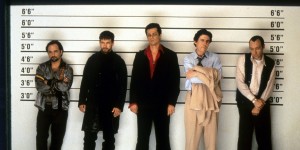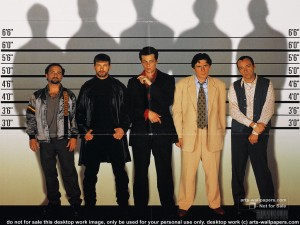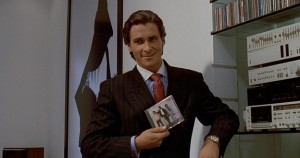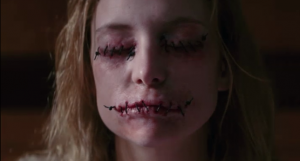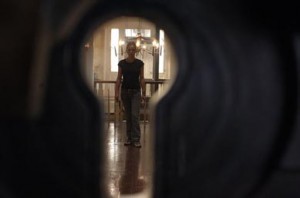Realism, Formalism, and Classicism
Pascal Laugier, a director in the fantasy/horror genre, produced a movie named The Tall Man in 2012. This movie received harsh ratings. It is currently rated at 48% on the movie review cite rottentomatoes.com. The synopsis: A rural town in Washington is undergoing an era of kidnapping. The parents of this town have come up with a name for the mysterious entity kidnapping their children. They call him The Tall Man. Julia Denning’s, actress Jessica Biel, son gets abducted and she will stop at nothing to retrieve her son.
This film utilizes all three film modes: Realism, Formalism, and Classicism. It opens with a clip of parents being interviewed by a news crew about the abduction of their children. This documentary-like style of opening gives the movie a real feel, as if the viewer has just turned on the local news. This sense of realism is also what essentially hurt the film’s ratings. During the first third of the film, many viewers predicted The Tall Man to be a ghost or a mystical creature, and expected for the movie to follow the Formalistic and bizarre theme seen in many horror films. Laugier actually resigned from being the director of the remake of the 1987 film Hellraiser because his ideals were not commercial enough. The story ends with The Tall Man being a typical human being, supporting the Realism in the story. Despite the harsh reviews, I enjoyed the movie. It had good shots, good audio, convincing special effects, great actors, and a very intricate storyline as do most full feature films with a Classicist theme.
